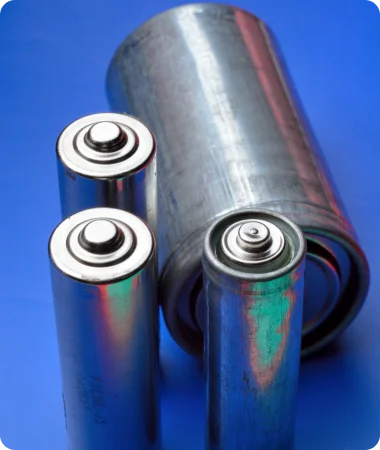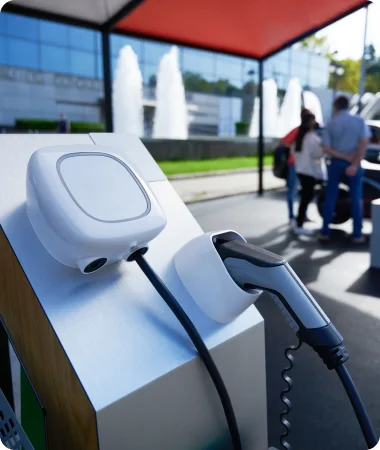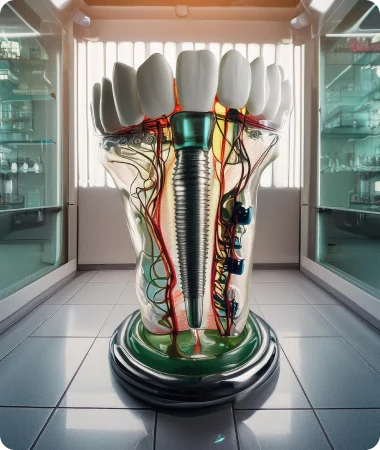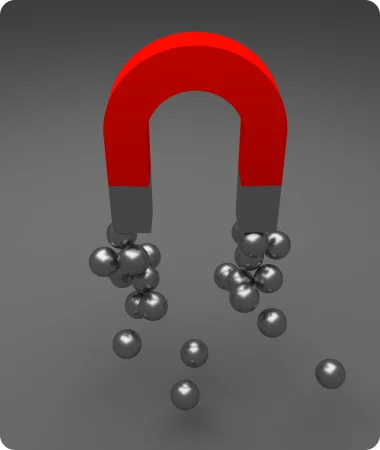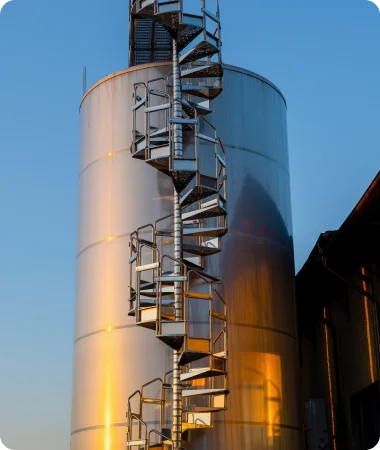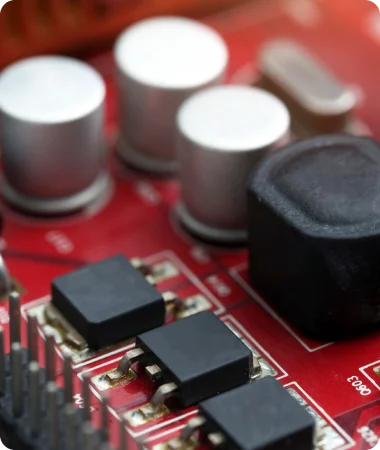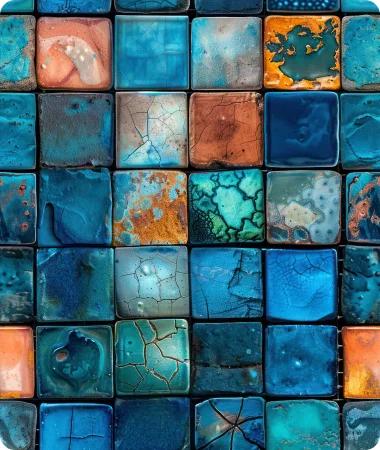Cobalt at the Core of Innovation
Vitamin B12 (cobalamin) contains #Cobalt at its core. Cobalt is ferromagnetic - it retains magnetism. Humans and animals need it for red blood cell production and nervous system health. Cobalt is a major part of the structure of vitamin B12. Therefore, if you get enough vitamin B12, you will also get enough cobalt. Ancient Egyptians and Persians used cobalt compounds to color glass and ceramics blue over 2,600 years ago. The name cobalt comes from the German word "Kobold", meaning "goblin" or "evil spirit. #Miners gave it this name in the 16th century because cobalt ores often looked like valuable silver ores but yielded toxic fumes when smelted.
Cobalt, a lustrous #silvery-blue metal, has a rich history that spans thousands of years. Its story begins in ancient times, when it was unknowingly used by artisans in Mesopotamia and Egypt to create vibrant blue glass and ceramics. These early craftsmen were unaware that the brilliant blue hue came from cobalt compounds. By the Middle Ages, cobalt ores were being mined in Central Europe, particularly in Saxony (modern-day Germany), where miners coined the term "kobold" meaning "goblin" in German because the ores yielded no valuable metals and released toxic arsenic vapours when smelted.
It wasn't until 1735 that Swedish chemist Georg Brandt successfully isolated cobalt as a distinct element. Brandt disproved the long-held belief that the blue coloring in glass came from bismuth or copper, proving instead that cobalt was responsible. This marked cobalt's formal entry into the scientific world.
Cobalt's industrial journey took off in the 20th century. It became vital in high-performance alloys, especially in military and aerospace applications during World War II, due to its ability to withstand high temperatures and corrosion. In the post-war years, cobalt was increasingly used in magnets, jet engines, and as a key component in rechargeable #batteries.
The digital age brought new prominence to cobalt in the 21st century. It became a critical material in lithium-ion batteries used in smartphones, laptops, and electric vehicles. This surge in demand brought global attention to cobalt mining, especially in the Democratic Republic of the Congo (DRC), which supplies over 60% of the world's cobalt. However, this boom has also highlighted serious ethical and environmental issues, such as child labor and unsafe working conditions in artisanal mines. Today, cobalt sits at the heart of the global transition to renewable energy and electric mobility. Efforts are underway to ensure more sustainable and ethical sourcing through recycling, alternative chemistries, and improved supply chain transparency. Cobalt's journey from ancient pigment to modern energy enabler reflects both human ingenuity and the evolving challenges of a resource-dependent world.
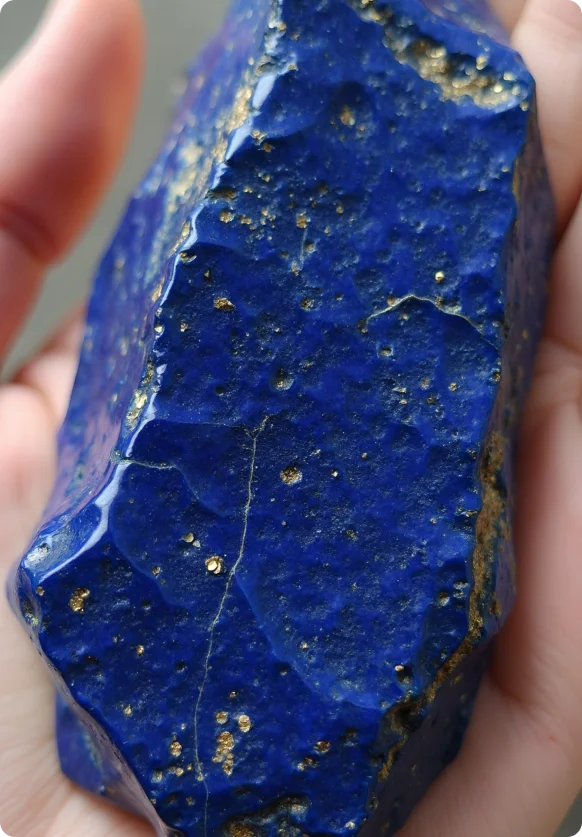
APPLICATIONS OF COBALT
